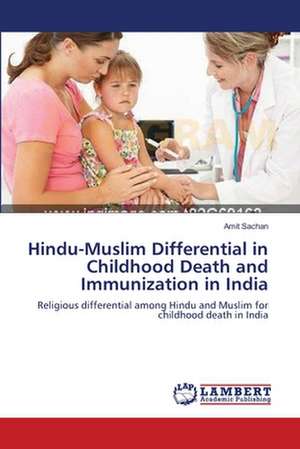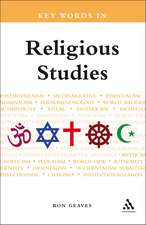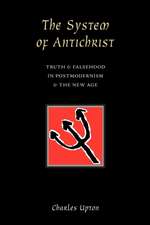Hindu-Muslim Differential in Childhood Death and Immunization in India
Autor Amit Sachanen Limba Engleză Paperback – 23 apr 2012
Preț: 320.47 lei
Nou
Puncte Express: 481
Preț estimativ în valută:
61.36€ • 62.94$ • 51.66£
61.36€ • 62.94$ • 51.66£
Carte tipărită la comandă
Livrare economică 26 februarie-12 martie
Preluare comenzi: 021 569.72.76
Specificații
ISBN-13: 9783659106309
ISBN-10: 3659106305
Pagini: 76
Dimensiuni: 152 x 229 x 5 mm
Greutate: 0.12 kg
Editura: LAP LAMBERT ACADEMIC PUBLISHING AG & CO KG
Colecția LAP Lambert Academic Publishing
ISBN-10: 3659106305
Pagini: 76
Dimensiuni: 152 x 229 x 5 mm
Greutate: 0.12 kg
Editura: LAP LAMBERT ACADEMIC PUBLISHING AG & CO KG
Colecția LAP Lambert Academic Publishing
Notă biografică
The author completed his M.Phil degree in Population Studies from International Institute for Population Sciences, Mumbai, India. Since last 2 years he is involved in research field. Currently he is working in a project. His area of interest is Maternal and Child health, Gender inequality, Women empowerment, Nutrition, population and environment.
















